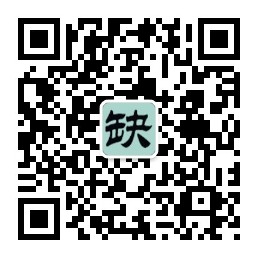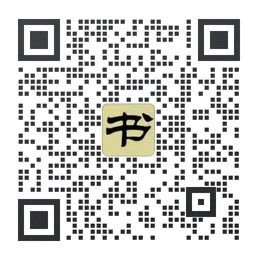Introduction
Chapter 1 An Overview of College English Teaching in China
1.1 Teaching Methodology
1.1.1 Grammar Translation Method
1.1.2 The Direct Method
1.1.3 The Audiolingual Method
1.1.4 Communicative Language Teaching
1.1.5 Communicative Language Learning
1.1.6 Suggestopedia
1.1.7 The Silent Way
1.1.8 TheTotal Physical Response Method
1.1.9 The Natural Approach
1.1.10 The Present Teaching Methods in China
1.2 The Teaching Staff and the Teaching Facilities
1.2.1 The Unsatisfactory Teacher Resources
1.2.2 The Causes of Unsatisfactory.Teacher Resources
1.2.3 Teacher Education
1.2.4 Teaching Facilities
1.3 Syllabuses and Textbooks
1.3.1 The Definition of Syllabus
1.3.2 A Brief Introduction to the College English Syllabus
1.3.3 The 1985 and the 1986 Syllabus
1.3.4 The 1999 Syllabus
1.3.5 The 2004 College English Curriculum Requirements
1.3.6 College English Textbooks
1.4 The CET and CET-SET
1.4.1 The College English Test
1.4.2 The Spoken English Test
1.5 The Needs of the Units and Students
1.6 The Present English Level of College English Students"
1.7 Teaching Reform
1.7.1 Teaching Approach
1.7.2 Teaching Mode
1.7.3 Focus on Communicative Ability
1.7.4 Better Classroom Organization
1.8 Course Design
Chapter 2 Related Concepts in Second Language Acquisition
2.1 Communicative Competence
2.2 The Input Hypothesis
2.3 The Output Hypothesis
2.4 Interaction Hypothesis and Language Acquisition
2.5 The Intedanguage
2.6 Negative Feedback
Chapter 3 Classroom Interaction and Second Language Acquisition
3.1 Classroom Interaction
3.2 Teacher-student Interaction
3.3 Student-student Interaction
3.4 Negotiation of Meaning
3.5 Classroom Participation Patterns
Chapter 4 Different Forms of Activities and Language Learning
4.1 Distinctions between Language Activities
4.1.1 McTears Distinction
4.1.2 Paulston and Bruders Distinction
4.1.3 William Littlewoods Category
4.1.4 Elliss Framework
4.1.5 Brown and Yules Distinction
4.1.6 Van Liers Framework
4.1.7 Bygates Distinction
4.1.8 Prabhus Category
4.1.9 Clarks Communicative Activity Types
4.1.10 Patti sons Seven Activity Types
4.1.11 Chaudron and Valcances Activity Types
4.2 Group Work
4.2.1 The Advantages of Group Work
4.2.2 The Disadvantages of Group Work
4.2.3 Fallacies of Group Work
4.3 Explorations into Some Communicative Activities
4.3.1 Monologue
4.3.2 Pair Work
4.3.3 Role Play
4.3.4 Simulation
4.3.5 Information Gap Activity
4.3.6 Problem Solving
4.3.7 Opinion Exchange
4.3.8 Brainstorming
4.3.9 Skit/Putting on a Short Play
4.3.10 Games
4.4 Communicative Activities and Language Learning"
Chapter 5 Roles of the Teacher and the Learner.
5.1 The Teachers Role.,
5.1.1 From a Controller to an Organizer
5.1.2 From an Instructor to a Facilitator
5.1.3 From an Assessor to a Commentator"
5.1.4 From an Actor to a Director
5.1.5 A Co-communicator or Participant
5.1.6 A Consultant or Prompter
5.2 Learners Role"
5.2.1 From a Quiet Listener to an Active Participator
5.2.2 From a Recipient to a Creator
5.2.3 From a Follower to an Initiator
5.2.4 From a Speaker to a Communicator
5.2.5 From a Passive Learner to an Autonomous Learner.
Chapter 6 Principles of Designing Communicative Activities
6.1 Maximizing Participation by Assigning Roles to Each Participant
6.2 Information Gap as a Goal for Interaction
6.3 Meaning Negotiation for Generating More Input
6.4 Promoting Long Turns
6.5 Communication-based Activities for Real Communication
6.6 The Cultural Dimension
Chapter 7 Suggestions for Organizing Oral Activities
7.1 When Students Are Not Motivated
7.2 When Learners Do Not Open Their Mouth
7.3 When Learners Resort to Their Mother Tongue
7.4 When Learners Dont Achieve Mutual Understanding
7.5 When Learners Make Linguistic and Non-linguistic Errors
7.6 When the Audience Doesnt Listen
Chapter 8 Summary
References



 缺书网
缺书网 扫码进群
扫码进群
